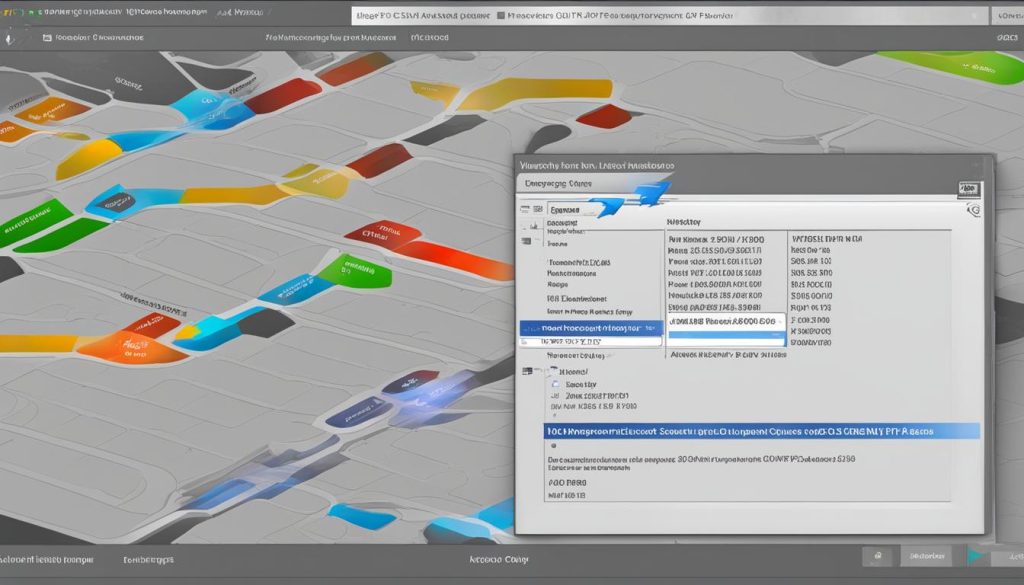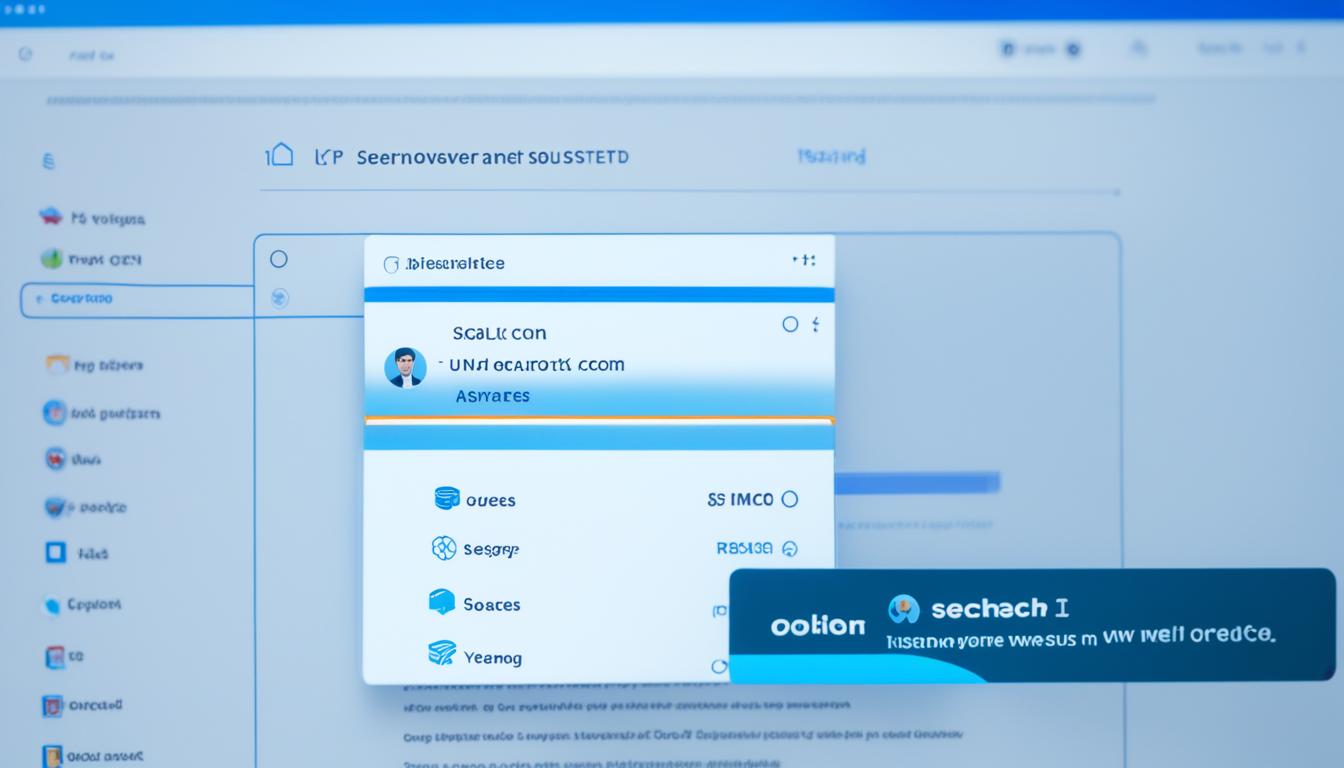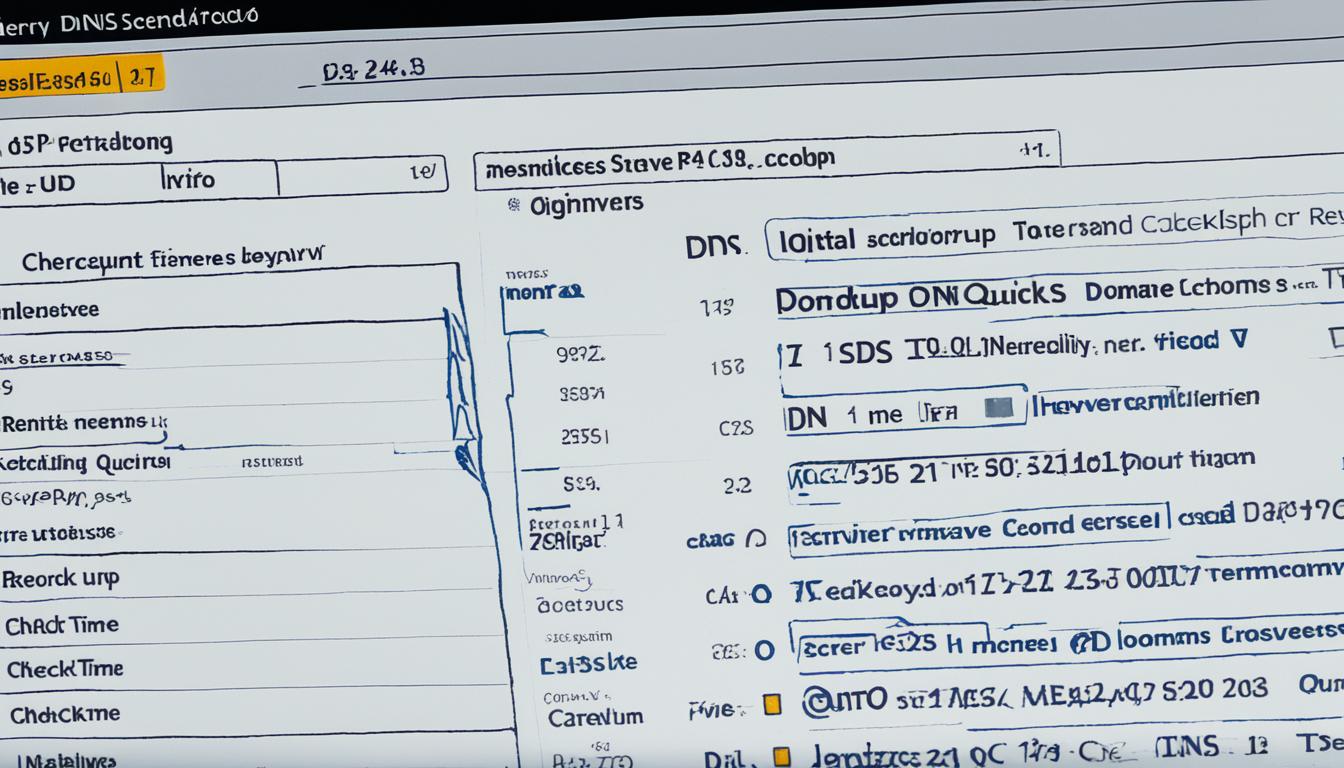4 Useful Online DNS and Reverse IP Address Lookup Tools
When it comes to online security, the scale of potential threats is staggering. Every day, millions of individuals and businesses face the risk of cyber attacks, data breaches, and identity theft. In this digital age, it’s crucial to have tools that can help us identify and mitigate these risks.
That’s where DNS (Domain Name System) and IP address lookup tools come in. These online tools provide us with valuable information about domain names and IP addresses, allowing us to research domains, troubleshoot network issues, and identify potentially malicious IP addresses or domains.
Whether you’re a business owner, a network administrator, or an everyday internet user, understanding how these tools work and how to use them can greatly enhance your online security. In this article, I’ll introduce you to some of the best DNS and IP address lookup tools available online and explain how they can help you protect yourself and your business.
Key Takeaways:
- DNS and IP address lookup tools are essential for online security.
- These tools allow us to retrieve domain name and IP address information.
- They are valuable for researching domains, troubleshooting network issues, and identifying potentially malicious IPs or domains.
- Some popular DNS and IP address lookup tools include Reverse IP/DNS API by WhoisXML API, Viewdns.info, HackerTarget, and DomainTools.
- By using these tools, you can enhance your online security and protect yourself from cyber threats.
What is DNS Lookup?
DNS lookup plays a crucial role in understanding the vulnerabilities and threats associated with the DNS system. It is utilized by both organizations and attackers to identify potential weaknesses and security gaps that can be exploited. By performing a DNS lookup, you can gather valuable information about the DNS configurations and security of a domain.
DNS lookup allows you to uncover DNS vulnerabilities that may exist within a domain. It involves querying the DNS servers to retrieve information about the domain’s DNS records, such as A, CNAME, MX, and TXT records, among others. This process helps in identifying any inconsistencies or misconfigurations that can make a domain susceptible to attacks.
One of the well-known methods to protect against DNS threats is the implementation of the DNSSEC (Domain Name System Security Extensions) protocol. DNSSEC adds an extra layer of security by digitally signing the DNS records, ensuring their authenticity and integrity. This prevents DNS hijacking, where attackers redirect DNS queries to malicious servers, and on-path attacks, where attackers intercept and manipulate DNS traffic.
The DNSSEC protocol works by using public key cryptography to sign the DNS records. This allows DNS resolvers to verify the authenticity of the DNS responses they receive. By enabling DNSSEC, organizations can enhance the security of their DNS infrastructure, mitigate DNS vulnerabilities, and protect against potential DNS threats.
In summary, DNS lookup is a powerful tool for uncovering potential weaknesses in the DNS system and understanding the security measures in place. By leveraging the DNSSEC protocol and performing regular DNS lookups, you can ensure the integrity and security of your domain’s DNS configurations.
What is Reverse DNS Lookup?
Reverse DNS lookup is a process used to resolve an IP address back to its corresponding host name. It involves querying the DNS system to find the domain name associated with an IP address. This is the opposite of a forward DNS lookup, which associates a domain name with an IP address.
By performing a reverse DNS lookup, you can identify the domain name associated with an IP address. This can be useful in various situations such as troubleshooting network issues, investigating potential security threats, or simply gaining more information about a particular IP address.
To perform a reverse DNS lookup, the PTR (Pointer) record is used. This record maps an IP address to a domain name, allowing you to retrieve the host name for a given IP address.
Reverse DNS lookup can be performed using various tools and commands, depending on your operating system and preferences. Some common methods include:
- Using the “nslookup” command in the Windows command line
- Using the “dig” command in the Linux terminal
- Using online reverse DNS lookup tools
Here is an example of how a reverse DNS lookup command looks:
nslookup
By replacing with the actual IP address you want to look up, you can retrieve the corresponding host name.
Reverse DNS lookup provides valuable information about the domain name associated with an IP address. Whether you’re troubleshooting network issues or investigating potential security threats, reverse DNS lookup can help you gain insights and make informed decisions.
How to Perform DNS and IP Reverse Lookup?
Performing a DNS and IP reverse lookup can be done using different methods, depending on your operating system and preferences. Let’s explore how to achieve this in Windows and Linux, as well as through online tools.
Windows Command Line
If you’re using Windows, you can use the command line to perform a reverse DNS lookup. Here’s how:
- Open the Command Prompt by pressing the Windows key + R, typing “cmd” in the Run dialog, and clicking “OK”.
- In the Command Prompt window, type
nslookupfollowed by the IP address you want to perform the reverse DNS lookup on. - Press Enter to see the results of the reverse DNS lookup.
Linux Terminal
For Linux users, the dig command in the terminal can be used to perform a reverse DNS lookup. Here’s what you need to do:
- Open the Terminal application on your Linux distribution.
- Type
dig -xfollowed by the IP address you want to look up. - Press Enter to execute the command and view the reverse DNS lookup results.
Both the Windows command line and Linux terminal options provide quick and easy ways to perform DNS and IP reverse lookup.
Online Tools
In addition to using the command line or terminal, there are various online tools available for performing DNS and IP reverse lookup. Some popular options include:
- Mxtoolbox
- Whatismyip
- DNS queries
- HackerTarget
These tools allow you to enter an IP address and obtain information about the associated domain name through a user-friendly interface.

| Method | Platform | Command/Tool Name |
|---|---|---|
| Command Line | Windows | nslookup |
| Terminal | Linux | dig |
| Online | N/A | Mxtoolbox |
| Online | N/A | Whatismyip |
| Online | N/A | DNS queries |
| Online | N/A | HackerTarget |
Benefits of Reverse DNS Lookup in B2B Businesses
As a B2B business owner, the importance of lead generation cannot be overstated. And that’s where reverse DNS lookup comes in. It is a powerful tool that allows you to gather valuable data about the visitors to your website, enabling you to convert them into potential business leads.
By performing a reverse DNS lookup, you can identify the domain names of the website visitors. This information gives you insights into the types of companies that are interested in your products or services. Armed with this knowledge, you can tailor your marketing efforts and messages specifically to their needs and interests, increasing the chances of converting them into valuable customers.
Imagine being able to personalize your interactions with potential clients, understanding their specific pain points and offering solutions that address their unique challenges. This level of customization is possible through reverse DNS lookup.
Furthermore, reverse DNS lookup helps you build a targeted marketing strategy. Instead of casting a wide net, you can focus your resources on engaging with companies that have already shown interest in your offerings by visiting your website. This targeted approach not only saves time and resources but also increases the likelihood of closing deals and driving revenue.
Here’s an example table showcasing the benefits of reverse DNS lookup in B2B businesses:
| Benefits | Explanation |
|---|---|
| Targeted Marketing | Focusing resources on potential customers who have already shown interest. |
| Personalized Interactions | Tailoring messages and solutions to the specific needs of potential customers. |
| Improved Conversion Rates | Increasing the likelihood of converting website visitors into business leads. |
| Enhanced ROI | Maximizing marketing efforts by targeting the most promising leads. |
As you can see, reverse DNS lookup offers significant advantages for B2B businesses. It not only helps you gather valuable data about your website visitors but also enables you to optimize your marketing strategy for better lead generation and conversion rates.

Importance of Reverse DNS Lookup for Email Servers
Reverse DNS lookup is a critical component for ensuring email deliverability in email servers. It plays a crucial role in verifying the legitimacy of the sending server. By performing a reverse DNS lookup, the email server checks if the PTR record is present and matches the domain of the sender’s server. If the PTR record is not found or if the sender’s server is suspicious, the email server may reject the message, considering it as potential spam or unauthorized.
Proper configuration of PTR records, as well as other authentication measures like DKIM and SPF records, are essential for improving email deliverability and avoiding spam filters. These records enhance the credibility and trustworthiness of the sending server, effectively reducing the chances of emails being flagged as spam or blocked.
A reverse DNS lookup provides email servers with valuable information about the domain associated with the sending IP address. It adds an extra layer of authentication and helps establish trust between the sending and receiving servers. By implementing reverse DNS lookup and properly configuring PTR, DKIM, and SPF records, email servers can ensure that their outgoing messages have a higher chance of reaching the intended recipients’ inboxes, thereby improving overall email deliverability.
| Reverse DNS Lookup and Email Deliverability | Benefits |
|---|---|
| Verification of sending server | Ensures that the sending server is legitimate |
| PTR record check | Verifies the presence and relevance of the PTR record |
| Reduced spam filters | Avoids email messages being flagged or blocked as spam |
| Improved email deliverability | Increases the chances of emails reaching recipients’ inboxes |
Safeguarding email deliverability is crucial for businesses and organizations that rely on email communication. By leveraging the power of reverse DNS lookup, email servers can ensure that their messages are not only delivered but also trusted by the recipients, resulting in higher engagement and successful communication.
Conclusion
As we conclude our exploration of DNS and IP reverse lookup, it’s clear that these tools are invaluable for gathering essential information about domain names and IP addresses. With the help of online tools and simple commands in Windows and Linux, performing reverse DNS lookup has become easier than ever.
Beyond network troubleshooting, there are significant benefits for B2B businesses. Reverse DNS lookup provides an opportunity to generate valuable leads by identifying the domain names of website visitors. By tailoring marketing efforts to the needs and interests of potential customers, B2B businesses can enhance their lead generation strategies.
Another vital application of reverse DNS lookup is in email servers. By utilizing this technique, email servers can ensure email deliverability and enhance security. Through the verification of the legitimacy of sending servers using reverse DNS lookup, email servers can improve the reliability of their email deliverability, avoiding potential issues with spam filters.
In summary, DNS and IP reverse lookup tools play a crucial role in network troubleshooting and online security. Whether you’re seeking domain information, generating leads for B2B businesses, or ensuring email deliverability, these tools are essential. So, make the most of online tools available and leverage the power of DNS and IP reverse lookup for your business success.
FAQ
What are DNS lookup and reverse IP address lookup tools?
What is DNS lookup?
What is reverse DNS lookup?
How can I perform DNS and IP reverse lookup?
What are the benefits of reverse DNS lookup in B2B businesses?
Why is reverse DNS lookup important for email servers?
What are the benefits of DNS and IP reverse lookup tools?
- How Strategic SEO Drove Growth for a CPAP E-commerce Brand - July 24, 2025
- Top 3 SEO Companies in Toronto: An Analytical Comparison - July 23, 2025
- SEO for Entry Door Services - April 24, 2025





















Post Comment
You must be logged in to post a comment.